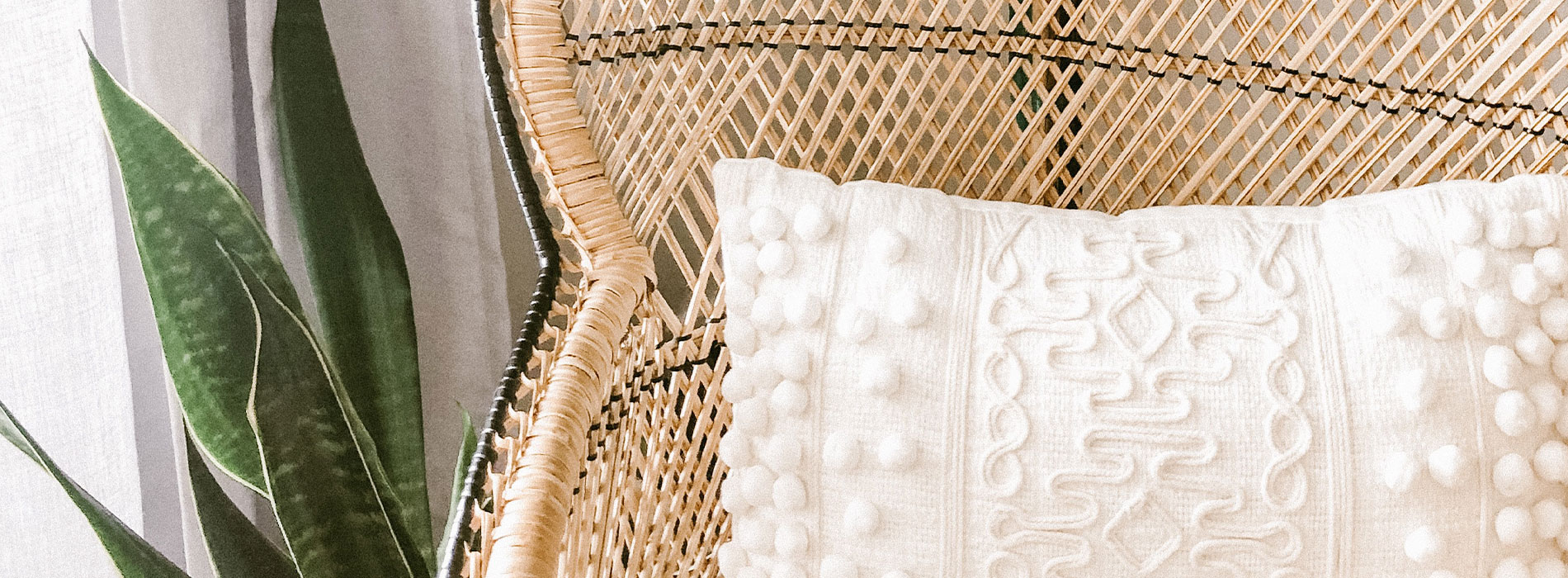
Biophilic design: bringing nature indoors
Nature, health, and well-being usually go hand in hand. That’s why many people seek out natural spaces to disconnect from the hustle and bustle of everyday life, reconnect, and unwind. If you have a special connection with nature, then the biophilic design is perfect for your home.
This design goes beyond just placing a few plants scattered around the house. It involves playing with textures, colors, and elements to create working, socializing, or relaxing environments.
What is biophilic design?
Generally speaking, biophilic design is a style that is based on the natural world and intends to enhance work performance and people’s physical and mental well-being.
The term biophilic derives from biophilia, which means love for life. It was described, in 1984, as a natural tendency to be in communion with living things by the author who coined the term, Edward Wilson.
In turn, the concept of biophilic design gained popularity around the 1970s.
During this period, the world began to show big concern for the environment and the climate.
Thus, the biophilic design transforms any interior space, connecting it to various elements of nature and the natural environment.
Probably, you are already familiar with this concept if you are a person who likes to regain energy in nature.
This is because this creative approach brings into any enclosed space the outdoors-inspired design away from modern-day urbanization.
Benefits of Biophilic Design
The benefits of nature for physical health have been proven in numerous scientific studies.
But nature also has an impact on mental health. Time spent in nature can be beneficial in combating mental health problems such as anxiety, depression, and stress.
Thus, creating work environments, or family environments, inspired by nature can promote stress reduction and increase productivity and people’s peace of mind.
In addition, the environmental benefits are also evident. When used on walls or roofs, plants act as biofilters and decrease pollution in rainwater.
Tips for implementing this design at home
If you have a passion for nature, you will want to introduce biophilic design into your home or workspace.
Start by looking at the type of nature that surrounds your building. Try to incorporate the kind of foliage or materials present in that ecosystem.
Another relevant step is to choose a natural color palette with neutral, earthy, or green tones.
Textures are also a feature of this design. Wood, bamboo, stone, or wicker are perfect materials to incorporate a space inspired by nature.
Of course, plants have to be present. You can select pots of different sizes, planters, or just fresh flower arrangements.
Not only the presence of plants is beneficial. The aroma of the plants also awakens the senses and enhances well-being and a sense of relaxation.
In the Mouzinho de Albuquerque building, you can create a biophilic design inspired by the sea since it is close to the Matosinhos beach.
Come and see our available apartments. See also our special conditions at LasKasas.